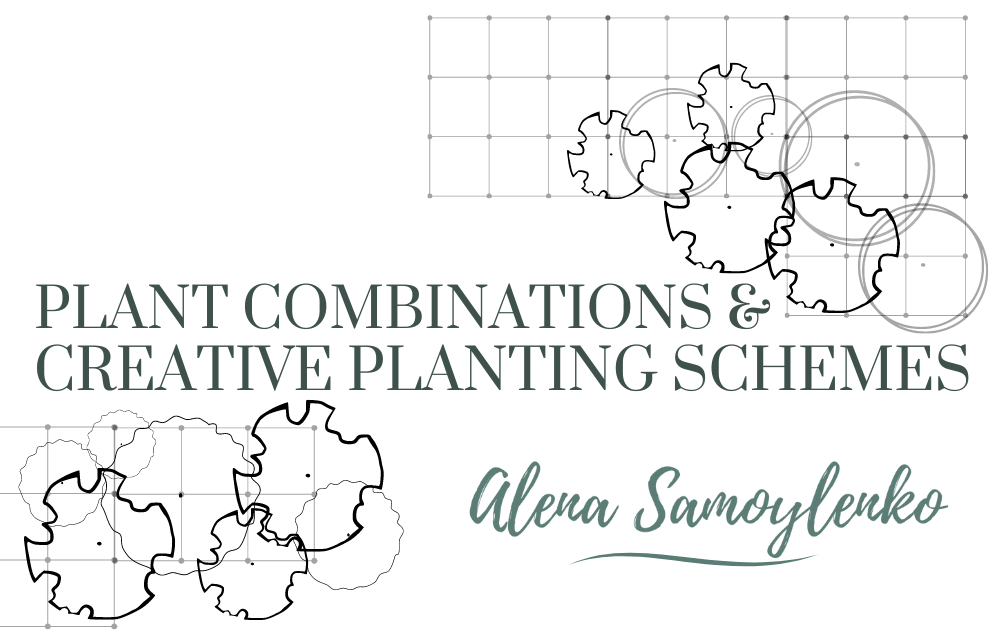Imagine having a serene, contemporary pond in your garden, a beautiful visual focal point that not only enhances your outdoor space but also provides a haven for wildlife. The good news is that you don’t need a massive budget or professional help to make this dream a reality. In this DIY step-by-step guide, we will show you how to create a contemporary garden pond on a budget. Whether you have a large garden or a cozy corner, this project can be tailored to fit your space.
Step 1: Planning Your Pond
The first step in creating your contemporary garden pond is planning. Determine the size of your pond based on the available space. Even a modest 1-square-meter pond can be a fantastic addition to your garden.
For our project, we opted for a 4-meter-long and 1-meter-wide pond, but feel free to adjust the dimensions to suit your needs.
Step 2: Designing Zones

To maximize the ecological benefits of your pond and enhance its aesthetic appeal, consider dividing it into zones based on water depth:
Zone 1: Bog Plants
Bog plants add an interesting border to ponds and are ideal for encouraging wildlife near the water’s edge. Some top choices for this zone include Iris Sibirica, Lythrum salicaria (Purple Loosestrife), Equisetum hyemale.

Zone 2: Marginal Plants (Planting Depth: 0-15cm)
Marginal plants, as the name suggests, are those that typically grow along the margins or edges of a pond or water body, where the water is relatively shallow. These plants are well-adapted to environments where their soil and the base of their stems (crowns) are submerged in water, and in some cases, their lower foliage may also be underwater. The unique growing conditions of these plants allow them to thrive in the transition zone between the aquatic and terrestrial habitats.

Here are a few recommended marginal pond plants for your Zone 2:
Lysimachia nummularia aurea (Creeping Jenny): This low-growing, vibrant plant with golden foliage adds a stunning visual appeal to the pond’s edges.
Ranunculus lingua Grandiflorus (Greater spearwort): Known for its large and charming yellow flowers, this plant not only looks beautiful but also provides refuge for small aquatic animals.
Houttuynia cordata ‘Chameleon’: With striking multicolored leaves, this plant brings a pop of color to your pond area. It’s also known for its pleasant fragrance.
Water Mint (Mentha Aquatica).
Zone 3: Deep Water + Oxygenating Plants (Planting Depth: Over 40cm)
Deepwater and oxygenating plants are suited for the deepest part of the pond. They play a crucial role in maintaining healthy pond water by removing excess nutrients and providing oxygen. Consider adding Hottonia palustris (Water Violet), Aponogeton distachyos (Water Hawthorn), and Water lilies to this zone.

Floating Plants (Planting Depth: N/A)
Floating pond plants offer an effortless solution to enhance shading in your pond, which in turn aids in diminishing the growth of algae and the emergence of green water. These plants work their magic by absorbing excess nutrients and lowering the light levels necessary for promoting algae blooms.
Here are my top 2 picks for floating plants: Pistia stratiotes (Water Lettuce), Salvinia natans (Floating watermoss).
Step 3: Construction
I’ll walk you through the entire step-by-step process of creating a contemporary garden pond in this concise 2-minute video.
Constructing your pond is the most exciting part of the project. Here’s a simplified breakdown of the process:
- Measure and dig the zones, and consider adding a wooden frame for a contemporary look.
- Lay an underlay liner to protect the pond liner from punctures and damage.
- Place the main pond liner (opt for at least 20 mil thickness for durability) and adjust it when you fill the pond with water.
- Create additional features, like a water pump section, to add unique elements to your pond.

- Decorate the pond with rocks and stones for a natural look.
Step 4: Planting
After constructing your pond, it’s time to add your chosen plants to each zone. This is where your vision comes to life, and you can personalize your pond with your favorite plants.





Leave a Reply